Build your own Automated Dustbin using Raspberry Pi 2025
Installation, Setup & Configuration, Hardware Design, Distance Testing, Servo Programming, Debugging, IoT & more
4.44 (18 reviews)
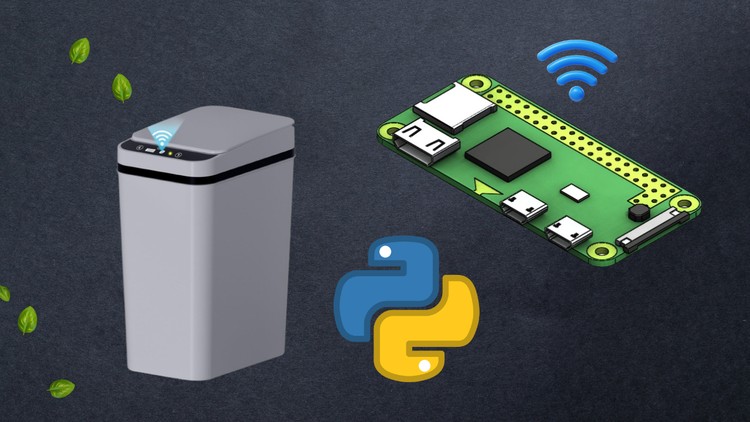
2,576
students
1.5 hours
content
Feb 2025
last update
FREE
regular price
What you will learn
Understand the working principle of the HCSR04 distance sensor.
Learn to connect the distance sensor with Raspberry Pi using a circuit diagram.
Test the sensor to measure accurate object distance.
Explore the working mechanism of a servo motor.
Learn Pulse Width Modulation (PWM) and its programming implementation.
Connect a servo motor to Raspberry Pi and determine its power requirements.
Set duty cycles to move the servo to 0° and 180°.
Use a formula to calculate duty cycles for any desired angle.
Discover how IoT revolutionizes real-time monitoring with a smart dashboard.
Send test data from Raspberry Pi to visualize live updates on a dashboard.
Implement and execute the main program for an automated IoT-based dustbin.
Screenshots
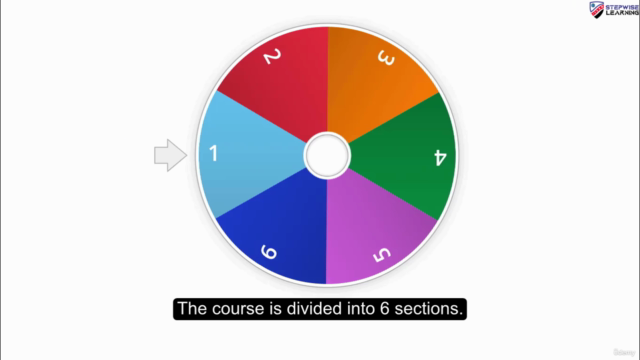
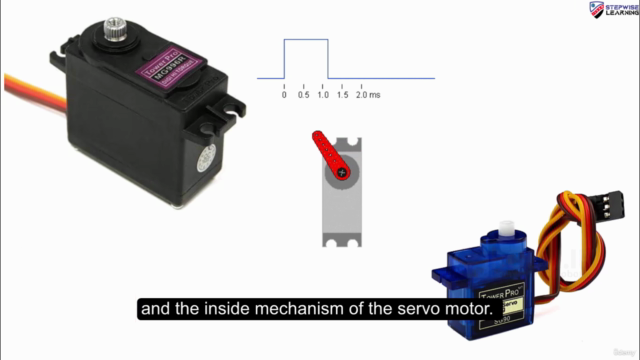
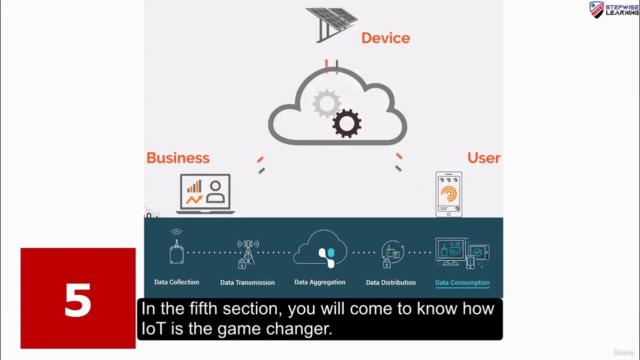
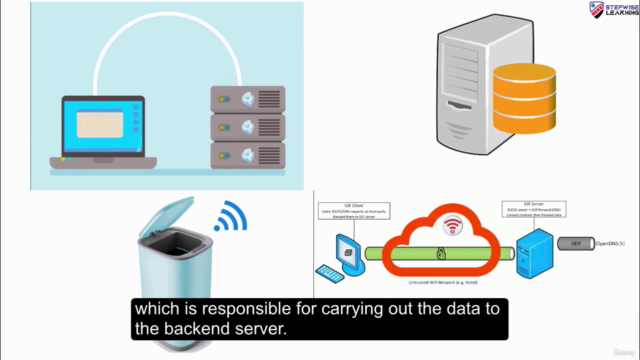
Related Topics
3059594
udemy ID
4/27/2020
course created date
5/22/2020
course indexed date
Bot
course submited by